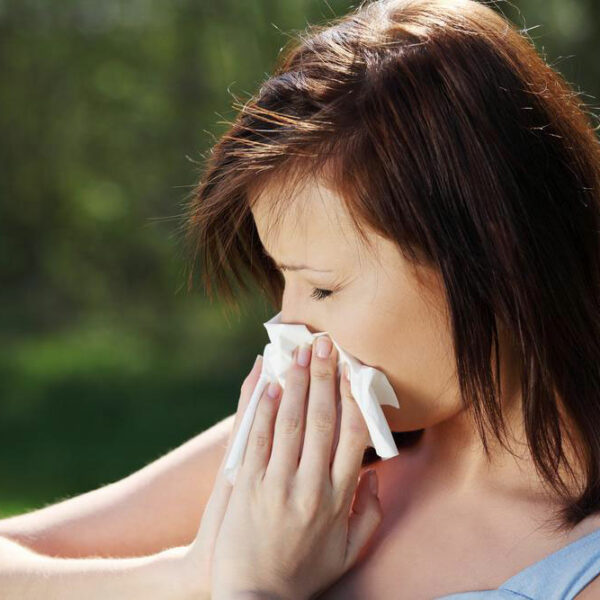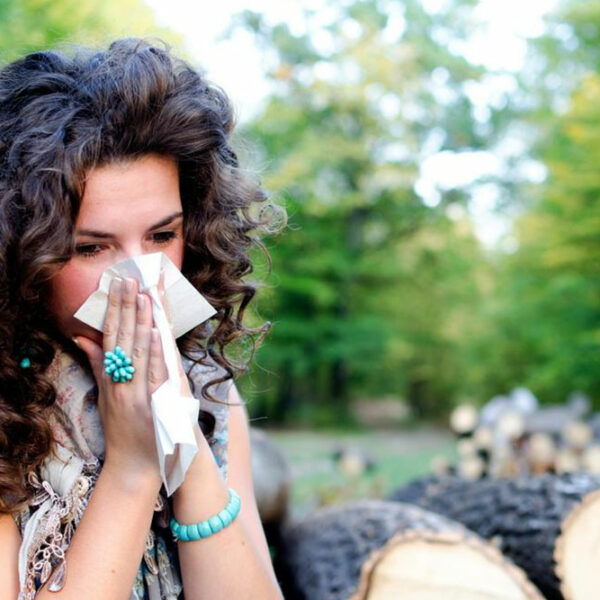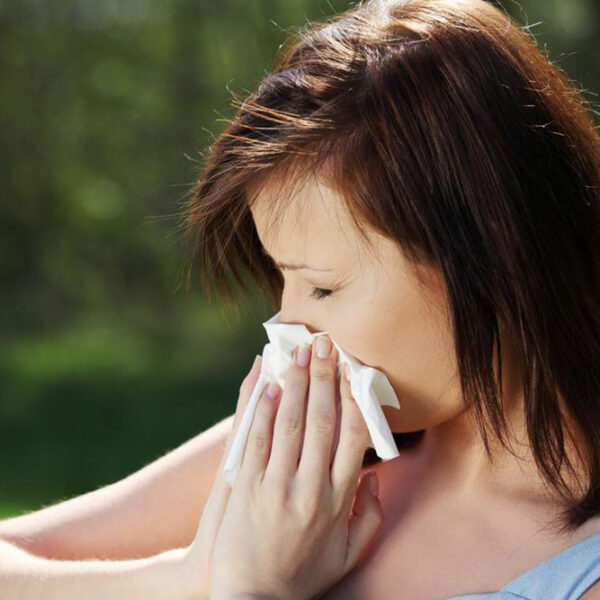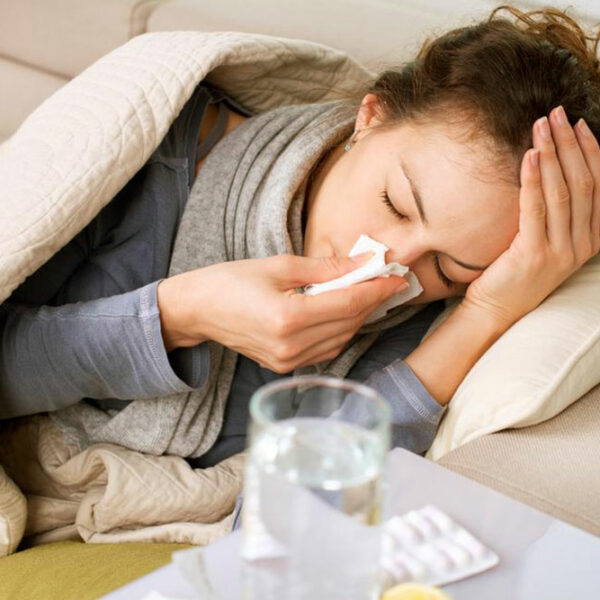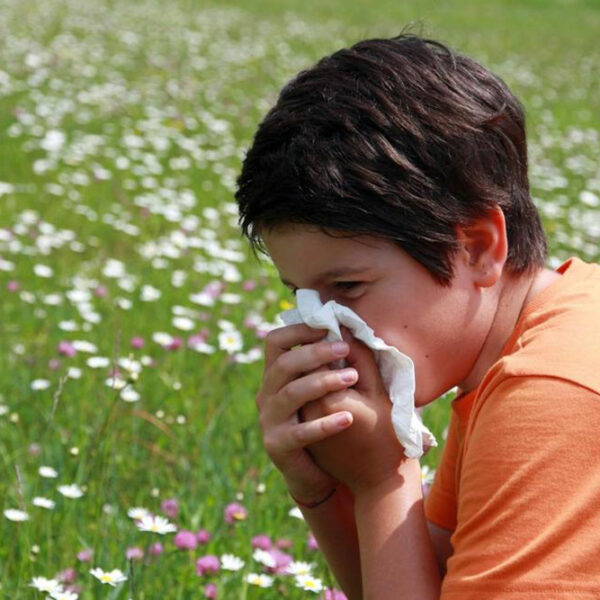
Common non-drowsy allergy remedies
Daytime drowsiness is one of the most common issues involved with allergy medications. As a result, those who suffer from allergy have a hard time with or without the medicine. This has led the medical research scientists to discover non-drowsy allergy relief that will work as effectively as other medicines. Today, this type of medicine is used worldwide, and these natural solutions stand as a viable alternative to the traditional sleep-inducing allergy medicines. What is the most common medicine for allergy? In most cases, people are given anti-histamines for common allergy symptoms such as sneezing and runny nose. They work by blocking or reducing the histamines, which are released by the body when an allergy triggers. The histamines cause blocked nose, watery eyes and itchiness in the skin. Most medicines cause dry mouth, blurred vision, dizziness, and most importantly, drowsiness. But the new generation non-drowsy allergy relief is a great way to steer clear from the adverse effects of conventional anti-allergy medicines. These are known as non-sedating histamines, which are as effective as the anti-allergy medicines used previously. What is the non-drowsy allergy relief? The two most common generic compositions of these medicines are cetirizine and loratadine, which are both administered to patients with allergies.
